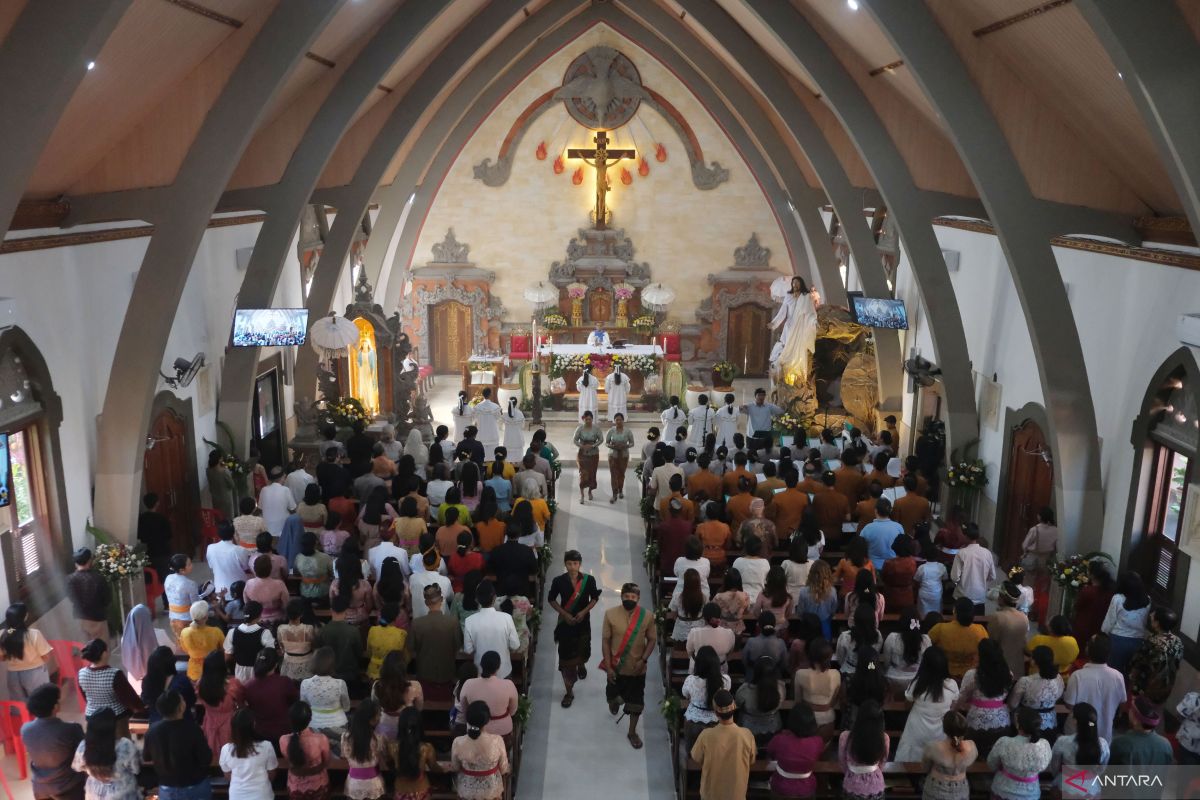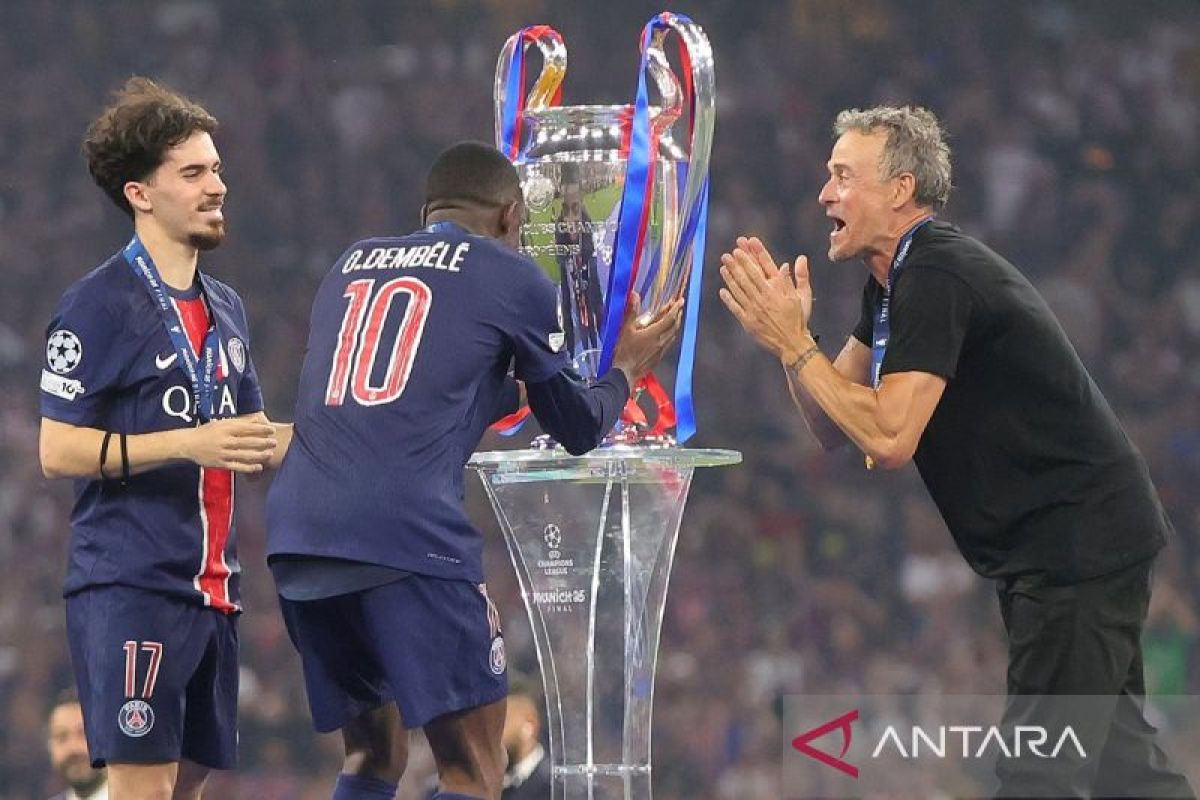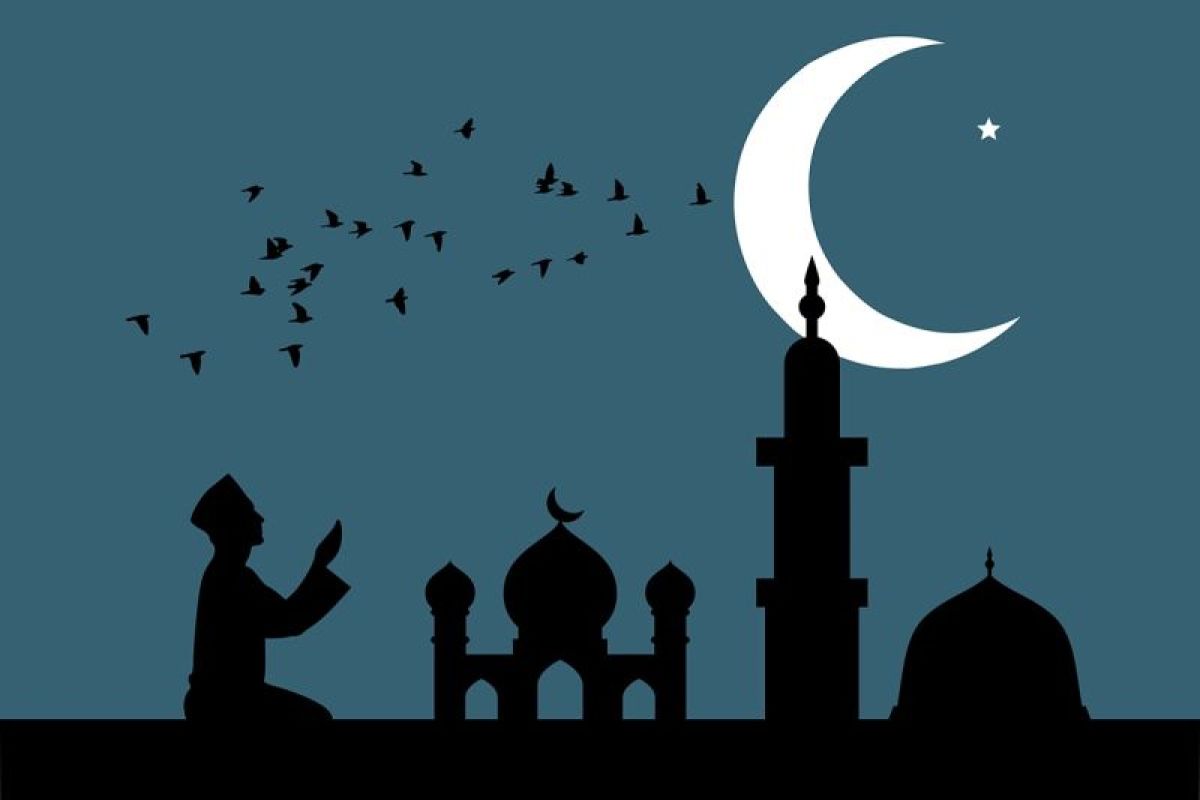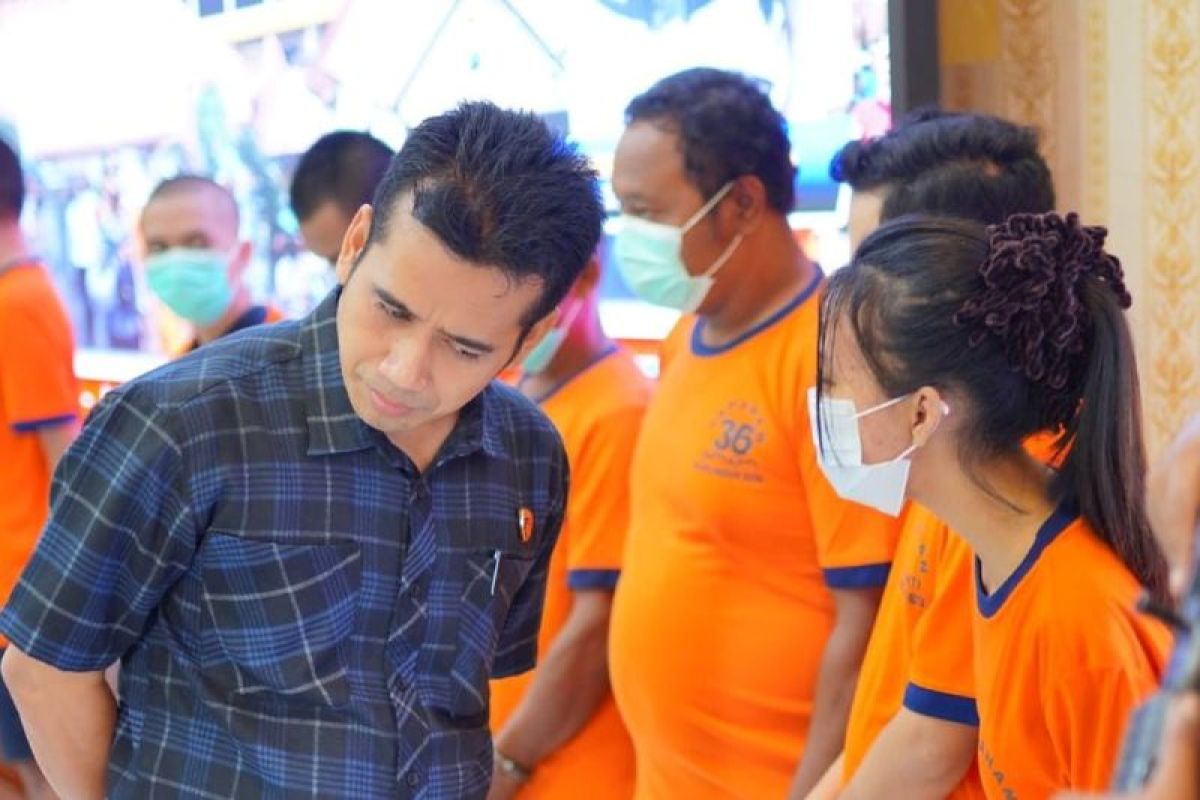It is a scene fit for heroes. They arrive at the serenely impressive Duns Castle with the impeccable timing and graceful ease that marks the elite racing driver.
Sir Jackie Stewart, now 86, emerges briskly from an SUV to be engulfed by fans wishing to touch the hem of his immaculately-tailored checked suit.
Dario Franchitti carefully extricates himself from a Lotus 49 and searches for his shoes as he has been leading the parade of racing cars by operating in his socks.
‘This car means so much to me,’ he says. The Lotus 49 was christened on its debut in 1967 with champagne, Jim Clark immediately winning in it.
The late and great Scottish racing driver enjoyed his last win, in 1968, in the car. He died later the same year in Hockenheim, Germany, after his car left the track. He was 32.
Stewart, meanwhile, strolls the grounds with a trail of fans following his every move in the manner of a noisy, but essentially benevolent exhaust.
Dario Franchitti drives the Lotus 49 in which Jim Clark experienced triumph and tragedy
Scotland's Jim Clark receives one of his many trophies from fellow racing driver Stirling Moss
Franchitti and Sir Jackie Stewart hold court on the 60th anniversary of Clark's greatest year
Stewart, three-time Formula One champion amid many famous victories, and Franchitti, who won the Indy 500 three times and the IndyCar series four times, are in Duns to honour Clark.
The occasion for the celebration of the legend who farmed at nearby Chirnside is that it is the 60th anniversary of Clark winning the Indy 500 in the same year he won the Formula 1 championship. Indeed, Clark competed in 60 events in that calendar year and added the British F2, the French F2 and the Tasman Series. Almost incidentally, he became the first Freeman of Duns.
If Stewart and Franchitti were wonderfully larger than life, then it could be said Clark lives on. The whine of engines in the parade of his cars evoked the keening of dogs missing their master. Clark was mourned this weekend but in a variety of life-affirming ways.
If Stewart and Franchitti are homegrown heroes — hailing from Dumbarton and Bathgate respectively — the more humble acolytes of the great man journeyed from all over the world. Most poignant were the diverse travellers from Germany, the scene of Clark’s tragic demise.
Klaus and Mollie from Berlin spoke in fractured English of their love of the great man. Semana, only 22, from Stuttgart, the home of Mercedes and Porsche, talked of how she became entranced by Clark by watching old film. ‘He was such a unique driver,’ she says. ‘I have no words for his style. You just have to watch him and wonder. So quick, so smooth.’
The weekend was created by the Jim Clark Trust. Doug Niven, a fine racer and cousin of Clark, is one of the trustees who organised the event with volunteers. Now 79, he resisted any temptation to go behind the wheel of one of his cousin’s 14 cars that took part in the parade.
‘I am afraid my reactions might not be as sharp as they once were,’ he says. His organisational skills are still on point, however. He guided Stewart through the throng of hundreds before pointing out that the hard work of the trust would benefit children’s hospices, dementia charities and help with plans to extend the Jim Clark museum.
‘It does bring things back,’ he concedes as the parade roars as spectators form an informal guard of honour. ‘But he is never forgotten.’
Indeed, Lotus Cars and the Colin Chapman Foundation, both instrumental in the driver’s extraordinary success, were sponsors of the weekend and the celebratory dinner that complemented it.
A battalion of cars were in attendance at Duns Castle to celebrate Jim Clark
In a corner of the castle grounds, within earshot of the growling Lotus racing cars, a veritable battalion of remarkable vehicles sat silently, warmed by the gaze of their indulgent owners and by the appreciation of passers-by.
Kenny Coleman, a one-time racer, stands in front of a pristine Lotus Elan. Now a car dealer, he devotes much of his time to building cars that have been neglected. ‘I think I have restored about six or seven of them,’ he says in reference to the Elan.
‘It’s a passion. There is certainly no money in it. I would spend 1,000 man hours on a restoration so if I sold it for 30 grand I would basically be giving it away for nothing.’
His delicate wipe of the bonnet suggests there is no imminent parting of ways.
A more famous Lotus draws up to the front door of the castle.
Franchitti gently glides it to a dignified halt. The Lotus 49 was voted race car of the 20th century.
‘It’s very, very special,’ says Franchitti. ‘It’s such a good car.’
Asked about its appeal, he answers: ‘It’s everything. It’s the grip level, the way it feels. But the biggest thing for me is driving a car of such historical significance.
‘I have driven this and Jim’s 65 Indy winner and I don’t know how to describe it. First and foremost, I am a motor-racing enthusiast and the young me would have thought this pretty cool. I still do, I must admit.’
Franchitti is part of a stellar Scottish history in motorsport. He was quick to pay tribute to Clark and Stewart.
‘Jim was an amazing inspiration and Jackie was and is my mentor,’ he says. ‘Even today, he is guiding me in some shape or form. Without Jackie, I might be here but in a different capacity.’
The gallant Franchitti had one last quest to find his shoes which had been abandoned to allow him to drive the Lotus. He smiles at the absurdity of this and the joy evident in the crowds.
‘Today is just fabulous,’ he says. ‘Look at all these people who have come out to remember Jim. They have come from down the street, they have come from Australia.’
They gather in front of a platform to hear the stories of the past. Derek Wild, faithful mechanic to Clark, has tales of roistering in Monaco and witnessing Jim at the same party as Johnny Hallyday, the one-time mania-inducing pop star.
Motor-racing legends Stewart and Clark together at the British Grand Prix in 1985
Sir Jackie Stewart says that he and fellow Scot Jim Clark were 'very, very good friends'
However, it is the quiet words of Stewart which still the crowd. ‘I don’t get to Scotland as much as I should do,’ he concedes. ‘I have a house in Switzerland and one in England but I try to get to Scotland at least once a year and head up to the Highlands.’
This trip takes him past the family home near Dumbarton. ‘They have a blue plaque on it now,’ says Stewart, who was knighted in 2001 for his contribution to motor racing. ‘But I am still alive!’ This mock protest is greeted with cheers from the crowd.
Their greatest tribute, though, is the way they follow their hero, politely asking for photographs or autographs and beaming when these requests are granted.
One photo opportunity has a special significance. The grandsons of Trevor Taylor, once a team-mate of Clark at Lotus, had travelled from Rotherham for the celebration. ‘I won’t wash this hand,’ says Clark Taylor, named for two Formula 1 drivers, one his grandad, after a handshake from Stewart.
There is an innocent joy in this. It permeates much of the day. But there are moments that are unbearably poignant. I penetrate the scrum around Stewart to ask why in his ninth decade he had trekked to Duns.
‘Jim Clark was my friend. A very, very good friend,’ he says.
He looks up to the side of a marquee and sees a photograph of him and Clark smiling after a race. ‘Ah, when we were both so young,’ he says.
He sighs, turns away and poses for another photograph.

 2 months ago
16
2 months ago
16

















































